Tengo que confesar que cuando empecé en el mundo brujil , el tema que más me cautivó fue el de los familiares. ¿Quién no se imagina a una bruja en mitad del bosque rodeada de gatos, sapos o cuervos? La imagen es cautivadora, aunque la conexión mística con espíritus animales va más allá de los juicios de brujería y es más diversa y antigua que el propio concepto de bruja.
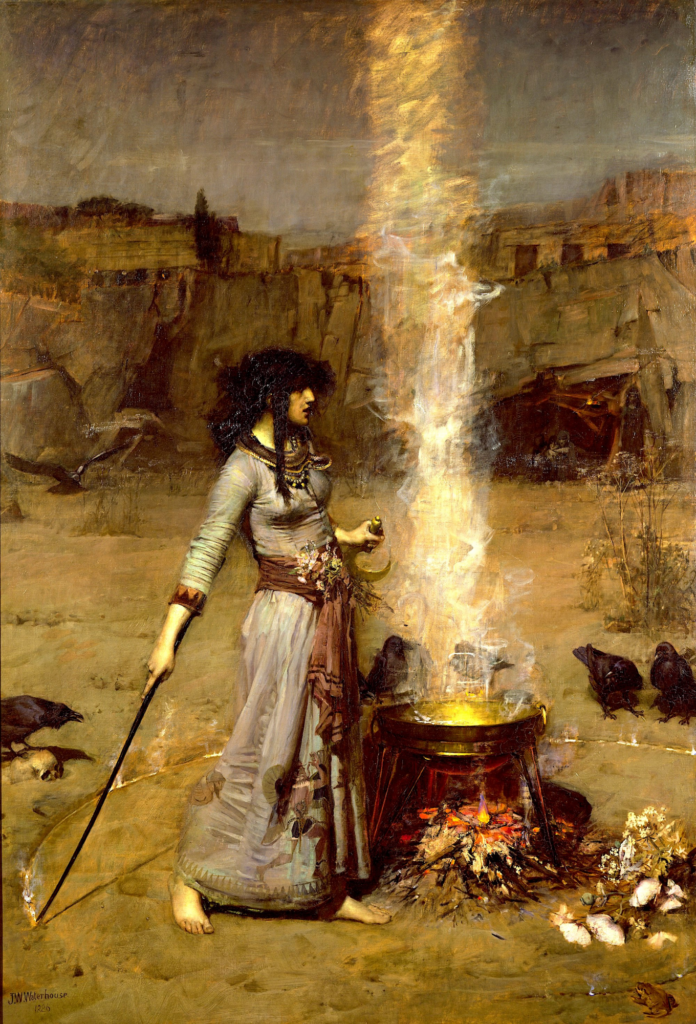
El término familiar hace referencia a espíritus auxiliares que son vistos como emisarios demoníacos o como el Diablo mismo. Suelen adoptar forma de animales o de entes feéricos. La única diferencia entre este fenómeno y otros similares es que en este caso se demoniza tanto al ayudante como al practicante. Tal situación se produce especialmente ( algunos se atreven a decir exclusivamente) en Inglaterra durante la Edad Moderna. Es inevitable preguntarse por qué en esta región y de qué manera influye en el trato hacia los animales.
A la hora de tratar de localizar su origen , nos encontramos con la problemática de que personajes similares protagonizan tradiciones de todo el mundo ( como espíritus locales o asistentes de deidades y santos). Puede incluso que se remonte al chamanismo arcaico, especialmente en la capacidad de la bruja o chamán de cambiar de forma o realizar actos mágicos enviando su espíritu en forma de animal.
Las deidades del mundo antiguo presentan compañeros que les sirven de ayudantes y a veces como formas alternativas: Zeus y el águila, Atenea y el mochuelo o Thor y la cabra. Su culto revive en el Renacimiento pero cuando este periodo llega a su fin, despiertan sospechas de idolatría y brujería, por lo que el primer paso es considerar a sus emisarios como diabólicos. Sorprendentemente, en el cristianismo a menudo encontramos animales relacionados con Dios ( como el cordero o la paloma) y algunos santos presentan una relación especial con ciertas especies como San Juan con el águila o San Antonio con el cerdo. Incluso un Papa es elegido por la aparición oportuna de un enjambre de abejas ( símbolo de su familia)
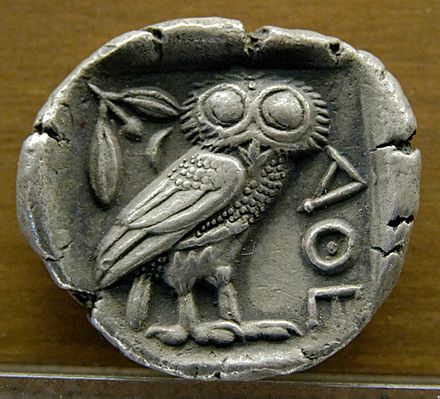
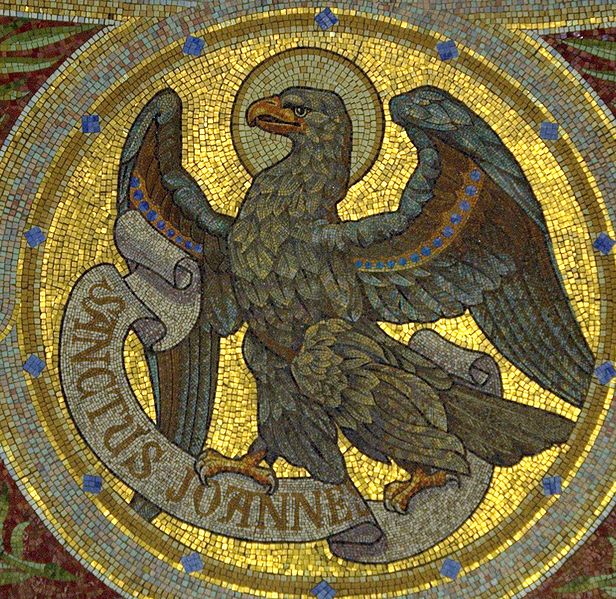
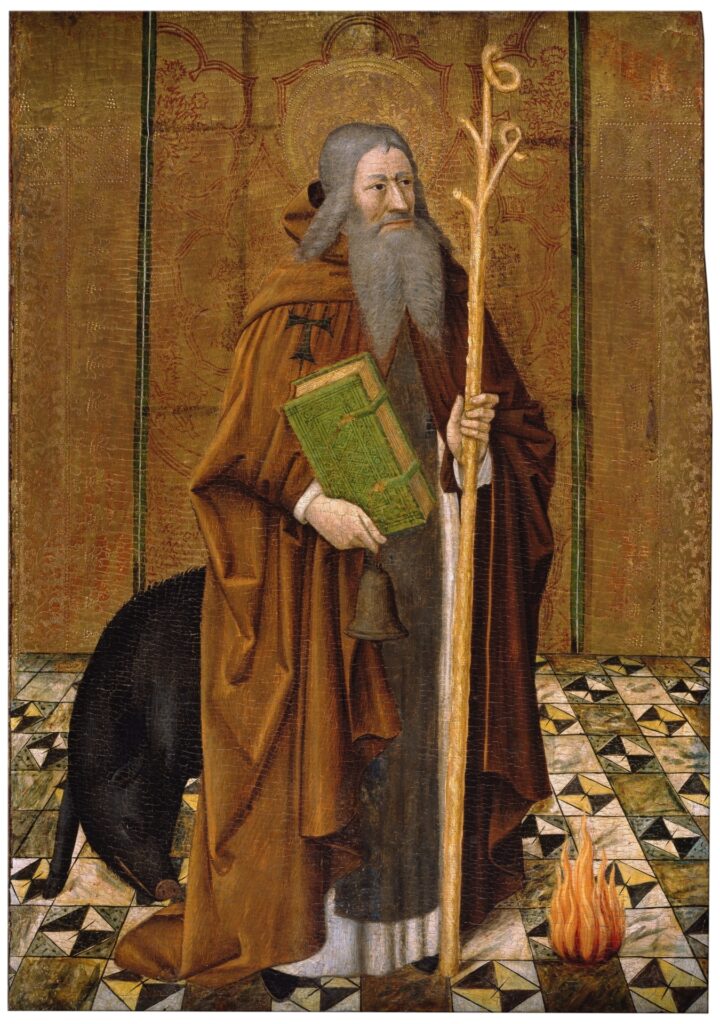
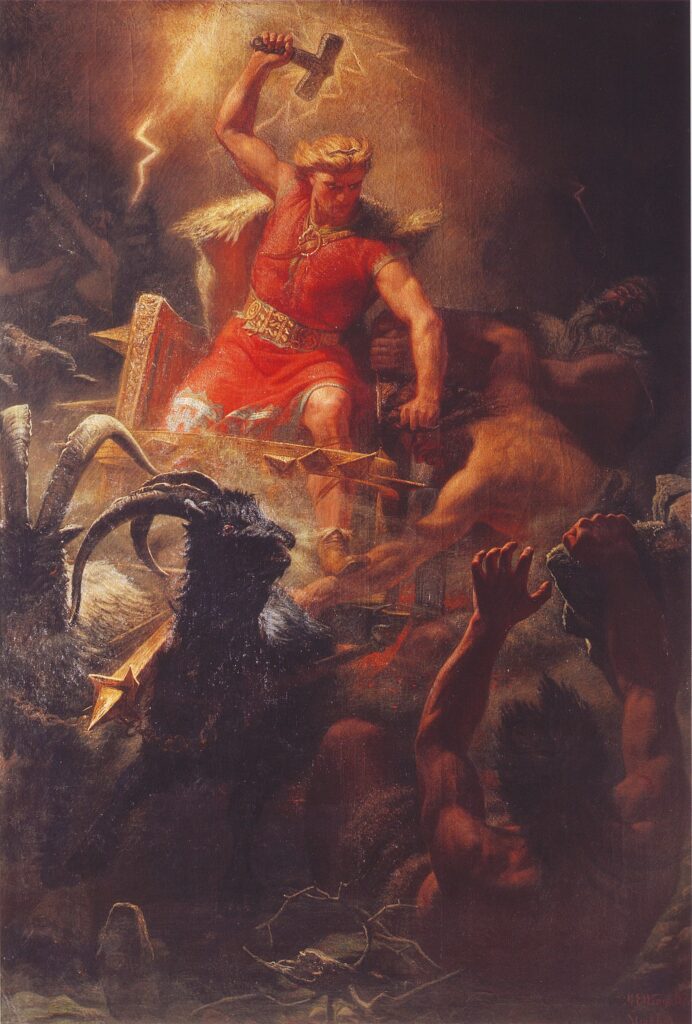
Los católicos se diferencian de los protestantes. Estos últimos consideran que entre Dios y el practicante no debe haber intermediarios, por lo que encuentran en los familiares una especie de parodia de la práctica católica, cuyas ceremonias a menudo tachan de idólatras. Además, la influencia de filósofos como Descartes pone difícil demonizar a los animales, pues les niega razón y alma, por lo que no tiene sentido que sean malvados. Esto explica en gran medida por qué juegan poco o ningún papel en los juicios por brujería en las regiones donde predomina la religión católica, estableciéndose como un fenómeno protestante. Tengamos en cuenta que en la Inglaterra primitiva abundan los espíritus locales ligados a la naturaleza como elfos, hadas o trolls a los que se acude en busca de protección o iluminación. Pueden ser una versión arcaica del familiar que posteriormente se establecerá en la cultura popular en forma de animal.
En un relato típico de brujería inglesa, el familiar pide a la bruja su alma o algún otro favor. La bruja se lo concede y él le sirve a cambio. A menudo adoptan formas de ratones, gatos, perros o sapos. También insectos como abejas o moscas que pueden causar daños en las cosechas, hambruna y dislocación social. En las confesiones aparece una estructura similar: la practicante encuentra a su asistente durante un estado alterado de conciencia y el espíritu le ofrece ayuda sobrenatural a cambio de cobijo y alimento. La relación pactada es recíproca : poder y conocimiento a cambio de intimidad doméstica. El contacto con familiares permite la corrupción de la bruja, hacerla casi bestial en carácter y naturaleza al transgredir la norma moral imperante al cuidar a su familiar en lugar de a sus hijos. Su presencia en juicios surge como consecuencia de la relación entre religión, magia y creencia popular.
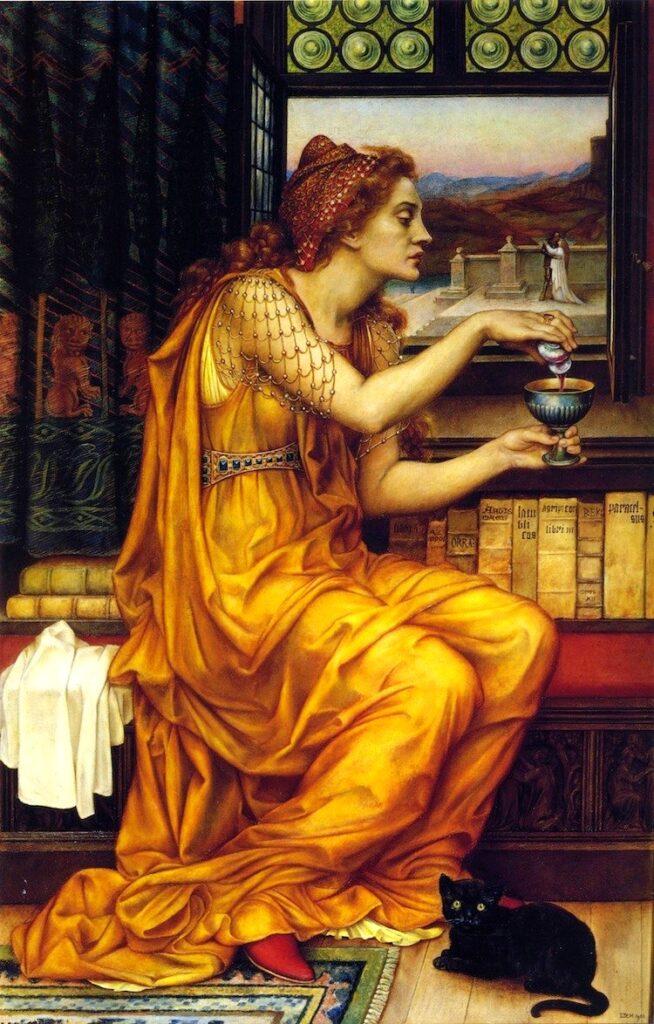
La demonización de los animales es alimentada por la prensa que cuestiona la forma en que se debe de relacionar con ellos. Los espíritus en general ocupan un lugar casi omnipresente en la ecología del mundo moderno y no solo actúan sobre el medio natural, sino también sobre el doméstico. Cualquier desgracia puede atribuirse a su descontento, por lo que es común ofrecerles pan, leche o cerveza como ofrenda. En cierta forma, estos espíritus y las mascotas tienen unas condiciones de vida similares y no deja de ser interesante que la etapa en la que se hace más común la presencia de familiares en los juicios por brujería coincida con el auge de tenencia de animales en hogares de toda clase social. Las mascotas sirven de modelo para los familiares y la frontera entre ambos se vuelve permeable, especialmente entre personas solitarias que tienen vínculos afectivos con ellos que acaban siendo acusados de practicantes de brujería.
En el siglo XVIII la legislación inglesa rechaza la posibilidad existencial de los espíritus. Sin embargo, los animales también pierden su espiritualidad. La popularización de tenerlos por razones sentimentales cambia su posición en la sociedad y la división entre animales de compañía y de granja conduce a la expansión de mascotas e industrialización del ganado. Se deja de pensar en los fenómenos naturales como consecuencia de las obras de los espíritus que no vuelven a tener importancia en la ecología del paisaje inglés.
La presencia de animales en cuentos populares de todo el mundo es evidente. Adquieren el papel de guías, sabios o protectores que ayudan al protagonista a través de poderes especiales. Tienen un rol casi idéntico al del familiar para con la bruja. La única diferencia es que en los cuentos de hadas su naturaleza es benévola o neutral. Estas historias son posiblemente la expresión más íntima y arcaica de los lazos entre animales y seres humanos y su presencia en culturas tan dispares nos lleva a pensar que puede ser una capacidad innata de la condición humana. A fin de cuentas, cuentan con unas capacidades sensoriales que incluso a día de hoy nos resultan incomprensibles. Puede que algunas sociedades vieran en ellas una amenaza inquietante . Otras, que fomentaran su desarrollo. Sea como fuere, nuestra unión es poderosa y a pesar del paso de los años, sigue estando rodeada de un halo de misterio.
Bibliografía
Mealiffe, R. P. (2021). Familiar Ecology: The Demonization of Spirit Knowledge in Early Modern England and its Ecological Ramifications.
Parish, H. (2019). “Paltrie vermin, cats, mise, toads, and weasils”: witches, familiars, and human-animal interactions in the English witch trials. Religions, 10(2), 134.
Sax B. (2009) The Magic of Animals: English Witch Trials in the Perspective of Folklore, Anthrozoös, 22:4, 317-332
Títulos de las obras presentadas en galería:
“San Antonio Abad” de Joan Reixach 1450-1460
“Batalla de Thor contra el Jotnar ” de Mårten Eskil Winge 1872
Moneda de tetradracma de plata en el Museo de Bellas Artes de Lyon que representa el mochuelo de Atenea ( 480-420 a.C.)
Aguila de San Juan en la Iglesia de San Manuel y San Benito (Madrid)





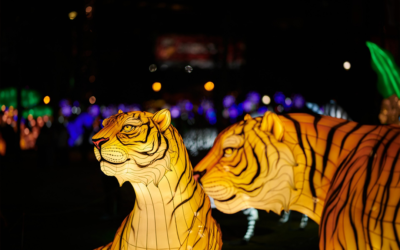
0 comentarios